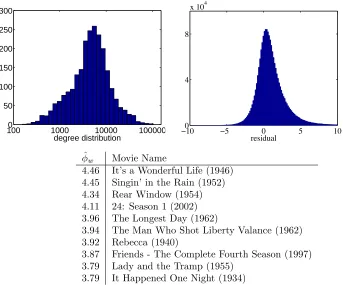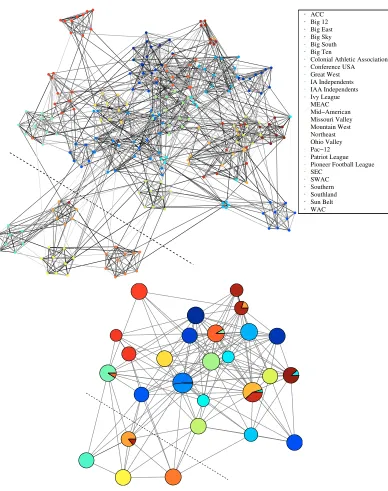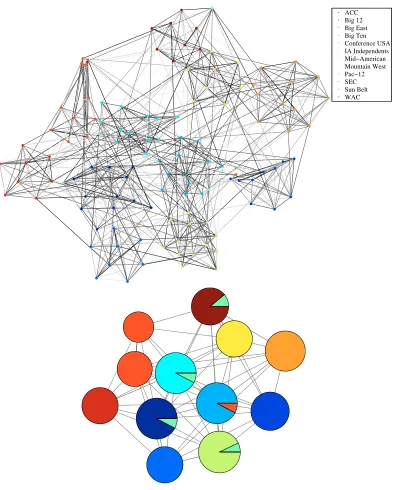Optimal Data Collection For Informative Rankings Expose Well-Connected Graphs
Full text
Figure
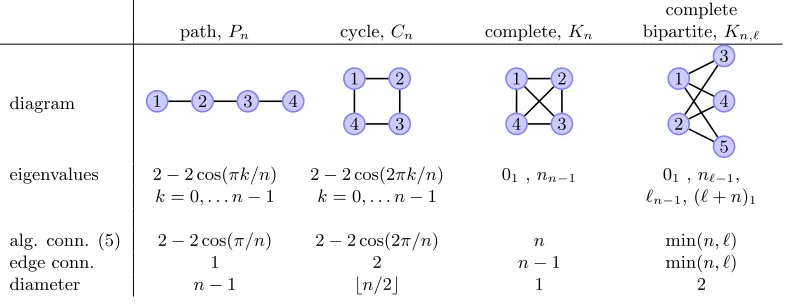
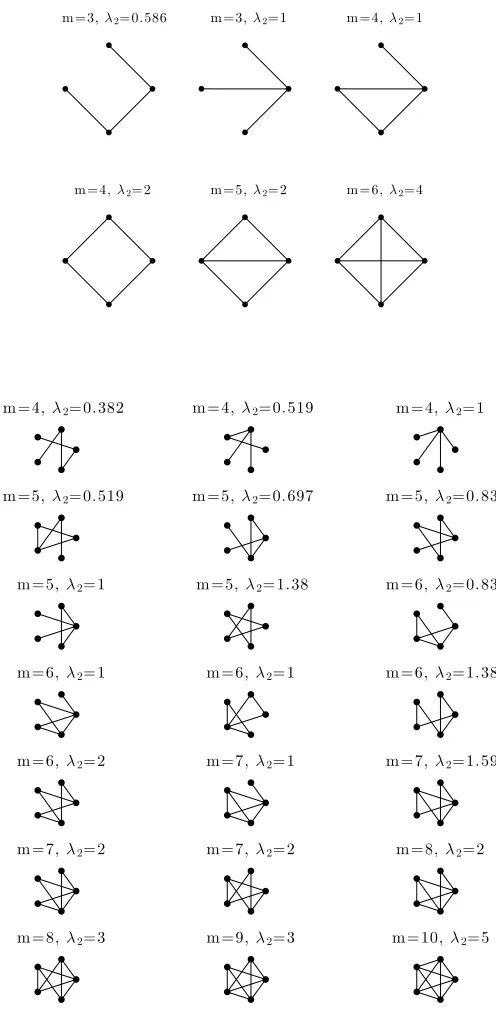
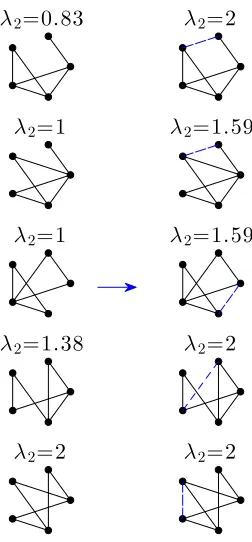

Related documents
For African Americans reaction to the 1883 decision reveals not only the continuity of black political participation in the public sphere beyond the Reconstruction years, but also
Most of the tested substances did not significantly affect ISC proliferation although they were directly ingested and therefore must have come into close contact with the
Make changes to section on agreements to reflect emphasis of agreements in new
The government co ll ect s revenue f rom taxes on capital and labour income and value-added taxes on fina l demand , production taxes on intermediate inputs, and...
Comments This can be a real eye-opener to learn what team members believe are requirements to succeed on your team. Teams often incorporate things into their “perfect team
• Our goal is to make Pittsburgh Public Schools First Choice by offering a portfolio of quality school options that promote high student achievement in the most equitable and
The largest transactions in the third quarter of 2015 on the Polish M&A market were the acquisition of PKP Energetyka SA by the CVC Capital Partners and the acquisition of
A widely accepted framework of an image registration algorithm, as given by Brown [ 26 ], had four standard elements, including search space, feature space, similarity metric,
